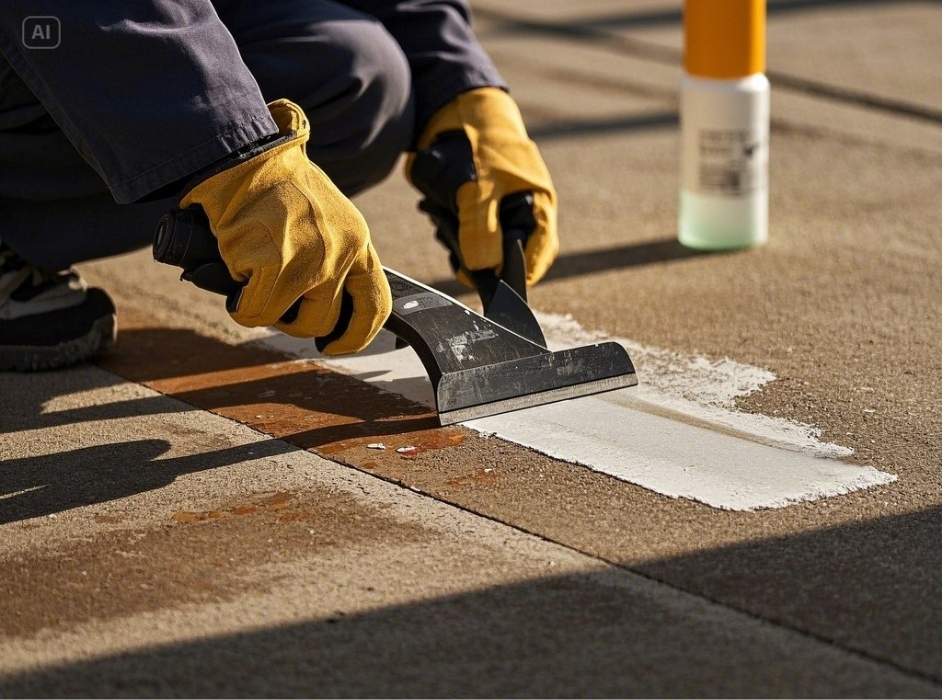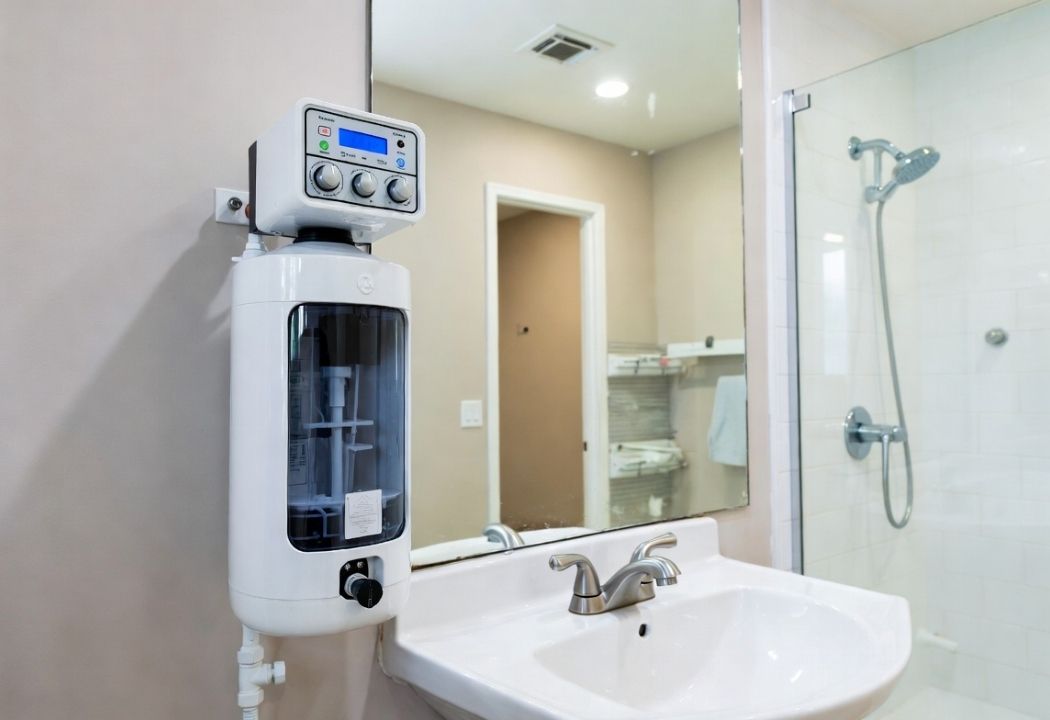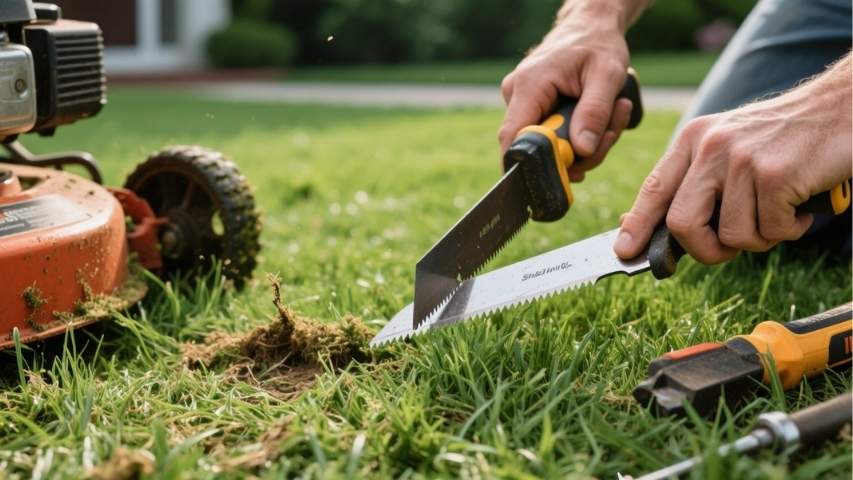Whether you’re updating a patio, garage floor, or basement, removing old concrete paint can feel daunting. But don’t worry—with the right tools and techniques, you can bring that surface back to life. This post will walk you through the steps to safely and effectively remove paint from concrete, explore several methods, and help you decide which is best for your project.
By the end of this guide, you’ll have everything you need to tackle this DIY project like a pro.
Why Removing Paint from Concrete Is Tricky
Concrete is a porous material, which means it soaks up paint like a sponge. If not appropriately treated, remnants of paint can stay lodged within its surface, creating a patchy appearance. Whether you’re dealing with oil- or water-based paint, preparation and patience are key.
Additionally, using the wrong removal method can damage the concrete, leaving scratches or stains behind. That’s why choosing the proper technique for the job is essential.
What You’ll Need to Remove Paint from Concrete
Before you begin, gather these essential tools and materials. Depending on your method, you may not need everything on this list.
- Protective Gear:
- Safety goggles
- Gloves
- Mask or respirator (for chemical use)
- Tools:
- Paint scraper or putty knife
- Wire brush or scrubbing brush
- Pressure washer
- Sandblaster (optional)
- Supplies:
- Paint stripper (specific for concrete surfaces)
- Baking soda or vinegar (for eco-friendly methods)
- Hot water
- Detergent
- Drop cloths or plastic sheeting.
Methods for Removing Paint from Concrete
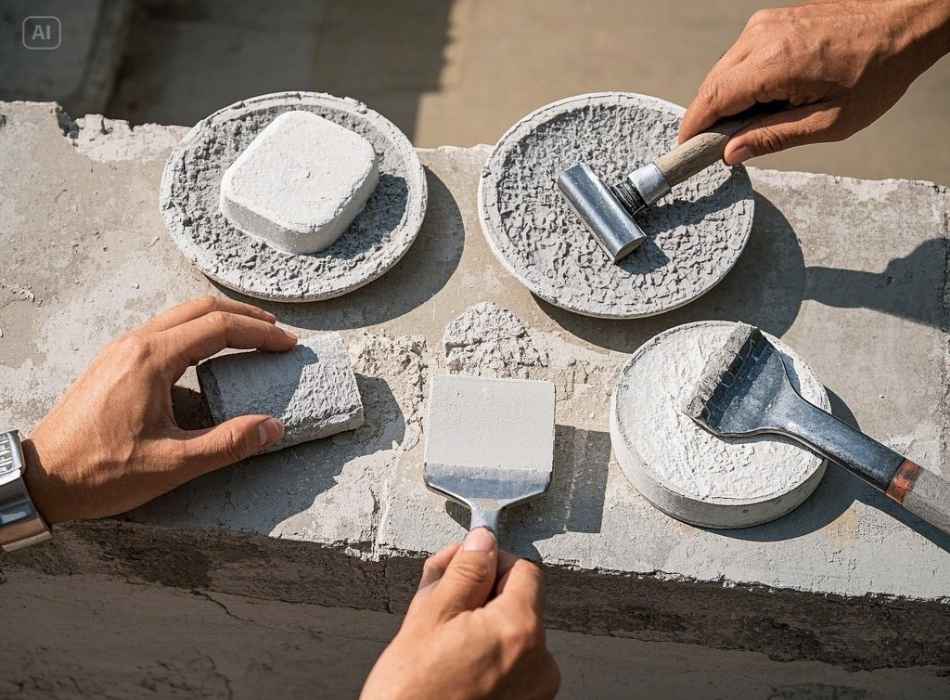
There is no one-size-fits-all solution for paint removal. Here are five popular methods, including their pros and cons, so you can choose the best one for your project.
1. Using a Chemical Paint Stripper
Chemical paint strippers break down paint, making it easier to remove. This method works for both oil-based and water-based paints.
Steps:
- Choose a paint stripper designed for concrete. Follow the manufacturer’s instructions to protect yourself and the surface.
- Apply the paint stripper evenly with a brush or roller.
- Allow it to sit for the recommended time (usually 30 minutes to several hours).
- Scrape off the softened paint with a putty knife or scraper.
- Rinse the area with water and scrub with a wire brush if needed.
Pros:
- Effective for stubborn or multiple layers of paint.
- Works on both indoor and outdoor surfaces.
Cons:
- Some products contain harsh chemicals and require good ventilation.
- Cleanup can be time-consuming.
2. Scrubbing with Baking Soda or Vinegar
If you’re looking for an eco-friendly solution, baking soda or vinegar can help remove paint naturally. This method is best for small areas or light paint stains.
Steps:
- Make a paste with baking soda and water, or use undiluted vinegar.
- Apply the paste or vinegar directly to the paint stains.
- Scrub the area with a brush after letting it sit for 15–20 minutes.
- Rinse with warm water and repeat as necessary.
Pros:
- Safe for the environment and family-friendly.
- Budget-friendly and widely available.
Cons:
- It is less effective in large or heavily painted areas.
- Requires elbow grease and patience.
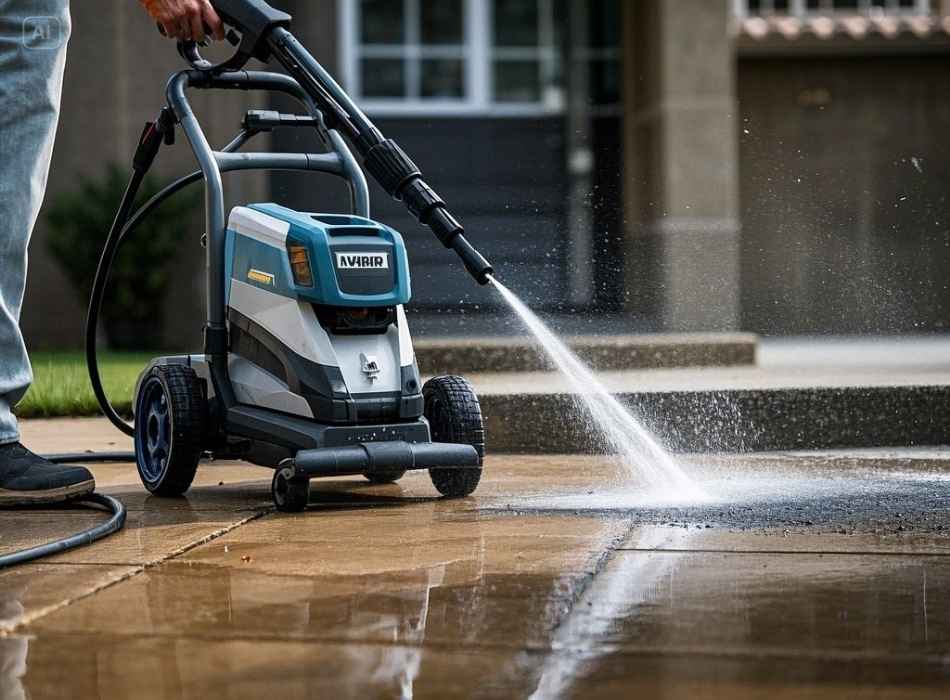
3. Power Washing
A pressure washer is an excellent option for outdoor concrete surfaces like patios, driveways, or walkways.
Steps:
- Rent or use a pressure washer suitable for concrete surfaces.
- Set the pressure to 3,000 PSI or higher for the best results.
- Start at one edge and slowly work across the surface in even strokes.
- For stubborn paint, combine power washing with a paint stripper.
Pros:
- Fast and effective for outdoor jobs.
- Removes dirt and grime along with paint.
Cons:
- It can damage concrete if the pressure is too high.
- It is not ideal for indoor use due to water overspray.
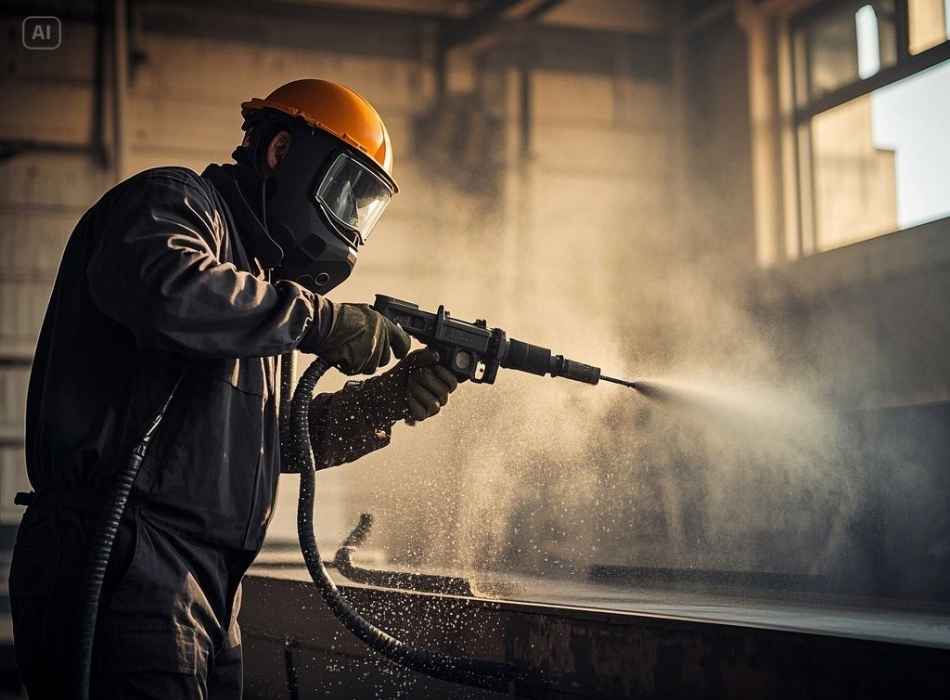
4. Sanding or Grinding
Using a sander or grinder may be your best bet for stubborn paint that won’t budge.
Steps:
- Equip your sander or grinder with a diamond-tipped blade or abrasive disc.
- Gently sand the surface, focusing on the painted areas.
- Vacuum up any dust and rinse the surface with water when finished.
Pros:
- Highly effective for tough paint stains.
- It leaves the surface smooth and clean.
Cons:
- It can damage the concrete surface if done incorrectly.
- It creates a lot of dust, so proper protective gear is essential.
5. Sandblasting
Sandblasting uses compressed air and abrasive materials like sand to remove paint. It’s a powerful method for heavy-duty projects.
Steps:
- Rent a sandblaster and follow the safety guidelines provided.
- Mask off surrounding areas to protect them from the abrasive material.
- Sandblast the painted concrete until the paint is removed.
- Clean up thoroughly to remove leftover sand and debris.
Pros:
- It is ideal for large outdoor areas or industrial settings.
- Very efficient for tough jobs.
Cons:
- Expensive and requires specialized equipment.
- It can cause environmental concerns if not handled responsibly.
Pro Tips for Success
- Test First: Before starting, test your chosen method on a small, inconspicuous area to ensure it doesn’t damage the concrete.
- Work in Sections: Dividing the surface into manageable sections will make the job less overwhelming and ensure thorough results.
- Stay Patient: Removing paint from concrete takes time, especially for thick or older layers. Don’t rush the process.
- Stay Safe: Always wear protective gear and ensure proper ventilation when using chemical paint strippers or generating dust.
- Clean Up: Dispose of any leftover stripper or paint chips according to the manufacturer’s instructions and properly clean up your work area.
- Consider Professional Help: If you’re dealing with a large area, multiple layers of paint, or are unsure about the best method for your specific situation, hire a professional to ensure safe and effective removal.
Additional Tips:
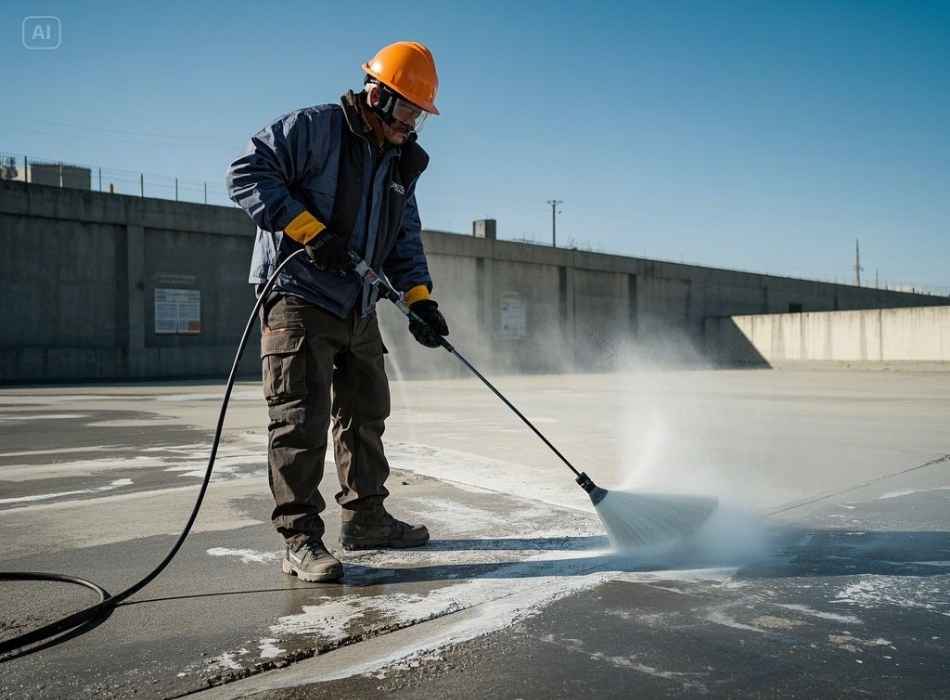
- Use a pressure washer for larger concrete areas. This can help remove loose or peeling paint before applying stripping methods.
- For tough-to-remove spots, try using a wire brush or sandpaper along with the chosen stripping method for added effectiveness.
- If using chemical strippers, read and follow the instructions carefully. Wear protective gear such as gloves and goggles to avoid potential skin or eye irritation.
- Test a small area before tackling the entire project to ensure compatibility with your chosen stripping method and surface.
- If working indoors, properly ventilate the area by opening windows or using fans to help circulate fresh air.
- Properly dispose of any removed paint according to local regulations. Some areas may require hazardous waste disposal for chemical-based strippers.
- After completing the stripping process, thoroughly clean the surface with water and allow it to dry completely before applying new paint or finishing products.
Remember, patience is key when removing paint from concrete surfaces. Take your time and follow proper safety precautions to achieve the best results. Any leftover paint stripper must be adequately stored and disposed of according to local regulations.
When to Call in the Professionals
It is worth hiring a professional if the paint is ancient, thick, or widespread or if you’re dealing with delicate concrete that easily cracks or chips. They’ll have the tools and expertise to do the job without causing damage. Additionally, installing lead-based paint with a professional is imperative if you’re dealing with lead-based paint, as it can be hazardous to handle on your own.
Another reason to hire professionals is for larger concrete surfaces or projects. Stripping an entire driveway or garage floor can be time-consuming and labor-intensive. Hiring a team of professionals will ensure the job is done efficiently and effectively.
Finally, suppose you don’t have experience working with paint strippers or handling potentially harmful chemicals. In that case, leave the job to professionals for your safety and peace of mind. They’ll have the necessary training and equipment to protect themselves while safely removing the paint from your concrete surface.
Bring Your Concrete Back to Life
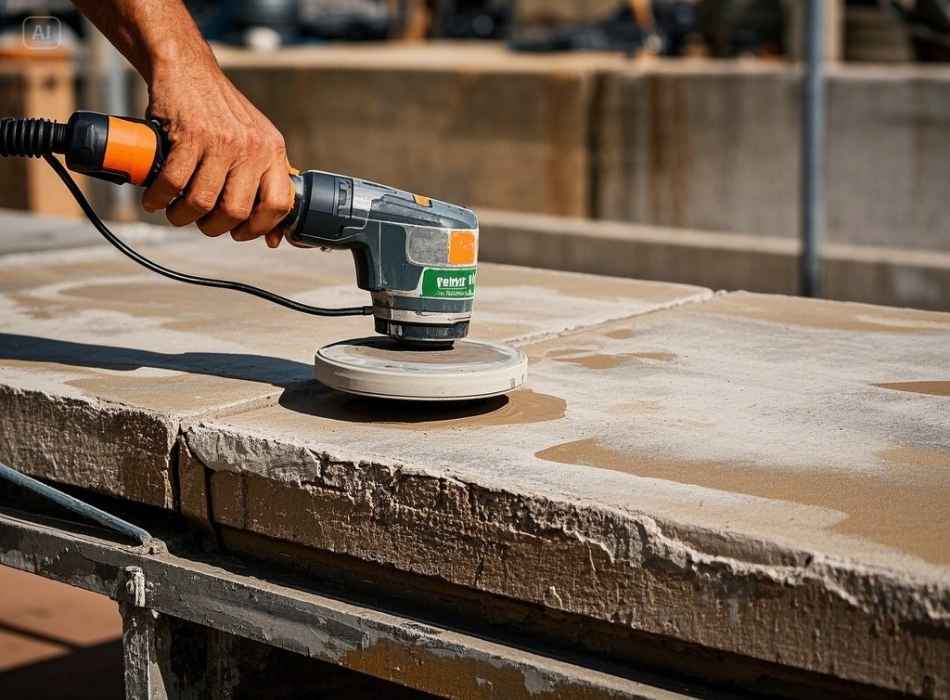
Removing paint from concrete takes time and elbow grease, but the results are worth the effort. Whether you choose an eco-friendly solution, power tools, or professional guidance, you’ll enjoy a smooth, paint-free surface ready for whatever comes next. Plus, you’ll be satisfied with completing a challenging project and adding value to your property.
Choose Your Approach
Before starting, consider which approach will work best for your situation. If you’re passionate about eco-friendly options, natural solvents like vinegar or dish soap may be the way to go. However, power tools such as sanders or pressure washers might be better if you want a faster and more efficient method. Additionally, if safety is a concern or if the paint is stubbornly stuck to the concrete surface, it’s always wise to seek professional help.
Prepare the Area
No matter which approach you choose, it’s essential to properly prepare the area before beginning the paint removal process. This will not only ensure better results but also help to protect yourself and the surrounding environment. Here are some steps you can follow to prepare the area:
Clear the space: Before starting any paint removal, clear the surrounding area of any furniture, decorations, or other items that could get in the way.
Cover nearby surfaces: When using chemical solvents or power tools, it’s essential to cover nearby surfaces such as windows, doors, and plants with protective plastic sheets or drop cloths. This will prevent accidental damage.
Wear protective gear: Whether using natural or chemical methods, it is essential to wear protective gear such as gloves, goggles, and a mask to protect yourself from potential harm.
Test the method on a small area: Before applying any paint removal method on a large surface, test it on a small, inconspicuous area first. This will help you determine if the technique is effective and safe for use.
Follow instructions carefully: When using chemical solvents or power tools, follow the instructions carefully and only use them in well-ventilated areas to avoid any health hazards.
Use multiple methods if necessary: Depending on the type of paint and surface, one method may not be enough to obliterate all traces of paint. In this case, multiple strategies and techniques may be necessary to achieve the desired result.
Seek professional help if needed: If you are unsure how to remove paint from a specific surface safely or if the paint is particularly stubborn, it is best to seek professional help. Professional painters or restoration specialists have the proper tools and expertise to effectively remove paint without damaging your property.
Dispose of materials properly: When using chemical solvents or other materials for paint removal, dispose of them according to local laws and regulations. This will not only protect the environment but also prevent potential hazards.
Prevent future paint spills: To avoid having to go through the paint removal process again, it’s essential to prevent them. This can include using drop cloths or tarps when painting, properly sealing and storing paint cans, and being mindful of potential hazards in the area before starting a painting project.
Use non-toxic alternatives: If you’re concerned about using harsh chemicals for paint removal, non-toxic options are available on the market. These may take longer to work but can be safer for you and the environment.
Seek professional advice: Whether it’s your first time removing paint or you’ve encountered a particularly difficult spill, seeking professional advice can save you time and effort. They can provide tips and recommend products that are best for the specific type of paint you need to remove.
Consider repainting: If all else fails, consider repainting the affected area instead of trying to obliterate the paint. This can be a quick and easy solution if the spill is small or in an inconspicuous area.
Take precautions for future spills: To prevent future paint spills, always cover surfaces before painting and have cleaning supplies readily available. It’s also a good idea to have some touch-up paint on hand in case of any accidents.
Dispose of materials properly: After removing paint, make sure to dispose of any used materials according to local regulations. This may
Have your tools ready? Start your project today! If you’re unsure which products or methods to use, feel free to ask questions in the comments—we’d love to help you out.







